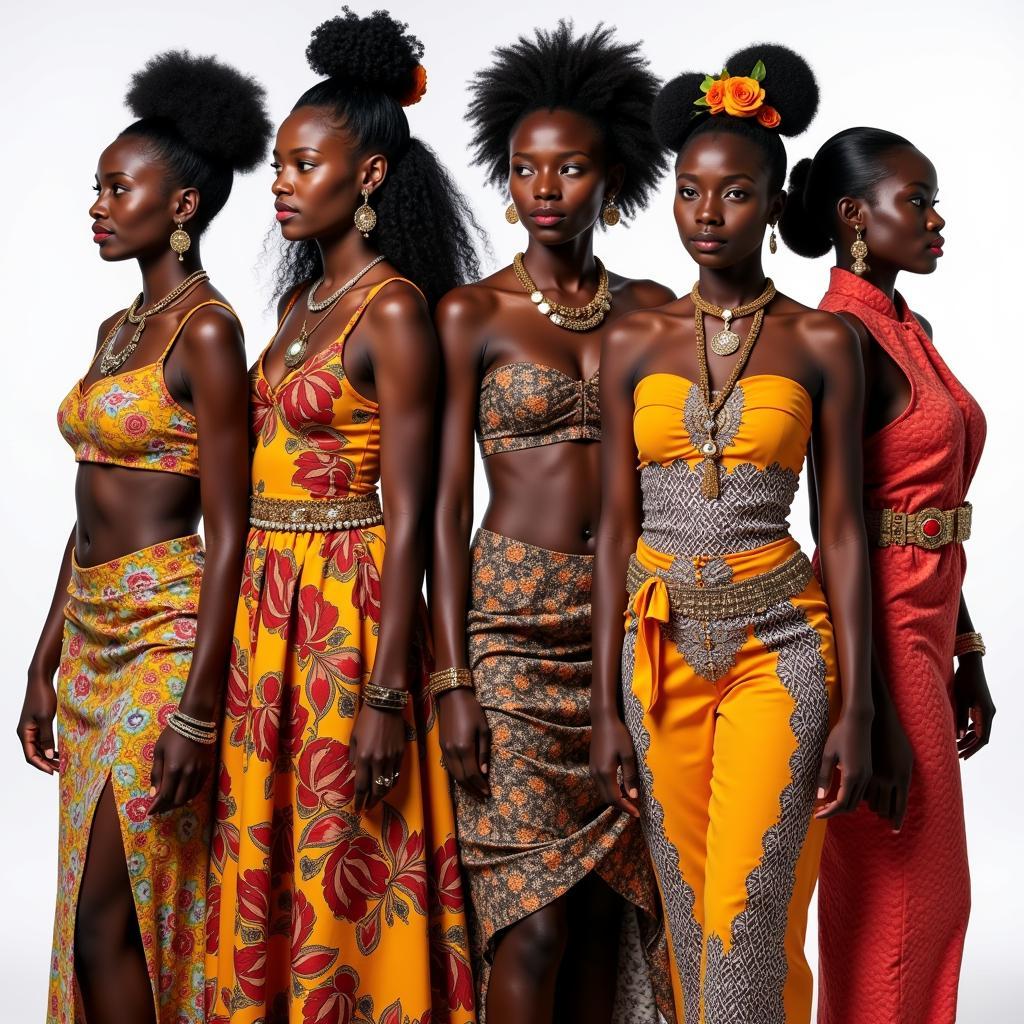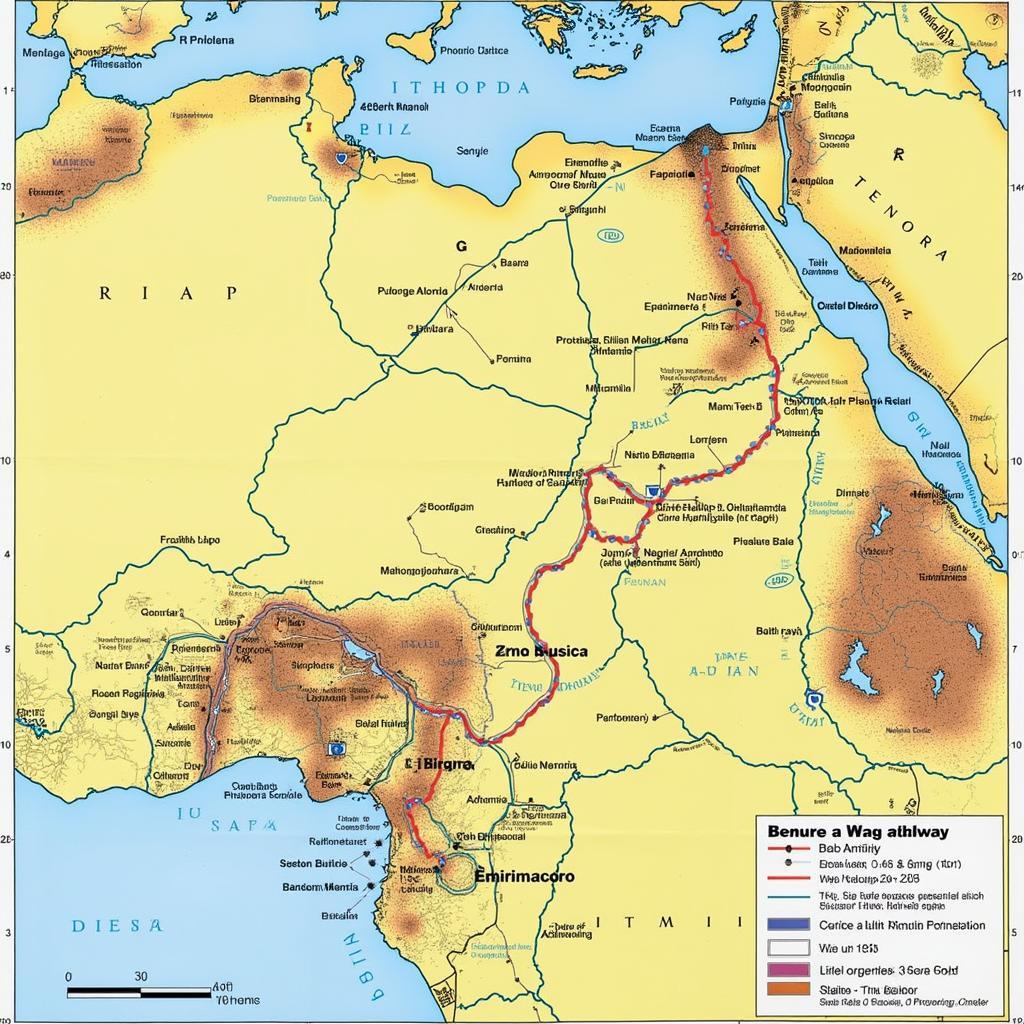Discover the Hidden Gem of African History: African Hyderabad
The allure of Africa’s diverse cultures is undeniable, but few know about the captivating story of African Hyderabad. Nestled in the heart of Tanzania, this unique community boasts a rich blend of African and Indian heritage, creating a vibrant tapestry of traditions, customs, and a captivating history.
A Legacy of Trade and Intercultural Exchange
The origins of African Hyderabad can be traced back to the 19th century, a time when the Indian Ocean trade flourished. Indian merchants, known as “Banyans,” arrived in East Africa, bringing with them their distinct culture and practices. They established themselves in various locations, including the Tanzanian region that would later become known as African Hyderabad.
A Fusion of Cultures
The presence of Indian merchants led to a remarkable fusion of cultures. African Hyderabad reflects a unique blend of Swahili, Arabic, and Indian influences, shaping its language, cuisine, and way of life. This harmonious coexistence created a unique blend of traditions, with African and Indian customs coexisting and complementing each other.
Language and Tradition
The language spoken in African Hyderabad is a testament to its blended heritage. Kiswahili, the lingua franca of East Africa, is the primary language. However, it is enriched with Hindi and Urdu words, adding a distinct flavor to the community’s linguistic landscape. This unique dialect reflects the daily interactions and cultural exchanges that have shaped the community’s identity.
Food Delights
One of the most tangible expressions of this cultural fusion is found in the community’s cuisine. African Hyderabad offers a delightful fusion of Swahili and Indian flavors, creating dishes that are both familiar and unique. The use of spices like turmeric, cumin, and coriander, common in Indian cuisine, are incorporated into Swahili staples like pilau and ugali, adding a unique dimension to the culinary experience.
A Thriving Community
African Hyderabad is more than just a historical footnote; it’s a vibrant community with a rich cultural heritage. The community celebrates various festivals, a blend of African and Indian traditions, such as Diwali, Id-ul-Fitr, and Eid-ul-Adha. These festivals showcase the community’s resilience, adaptability, and dedication to preserving its unique cultural identity.
Uncovering the Untold Story
“African Hyderabad is a fascinating example of cultural exchange and adaptation,” says Dr. Amani Mwalimu, an anthropologist specializing in East African cultures. “This community represents a blend of traditions, languages, and cuisines that contribute to the rich mosaic of African cultures.”
A Cultural Gem Worth Exploring
The history and culture of African Hyderabad are a testament to the power of cultural exchange and the enduring impact of trade routes. For those seeking a deeper understanding of Africa’s cultural tapestry, African Hyderabad is a hidden gem waiting to be discovered.
Frequently Asked Questions
Q: What is the geographical location of African Hyderabad?
African Hyderabad is located in the Mbarali District of Tanzania.
Q: What languages are spoken in African Hyderabad?
The primary language is Kiswahili, but it is infused with Hindi and Urdu words.
Q: What are some popular dishes in African Hyderabad?
Pilau, ugali, and samosas are some of the popular dishes that combine Swahili and Indian influences.
Q: What festivals are celebrated in African Hyderabad?
The community celebrates both African and Indian festivals like Diwali, Id-ul-Fitr, and Eid-ul-Adha.
Discover the Unique Charm of African Hyderabad
African Hyderabad is a vibrant testament to the power of cultural exchange, offering a unique blend of traditions that enrich the cultural landscape of Tanzania and Africa as a whole. Its story is a fascinating narrative of heritage, adaptation, and the enduring power of intercultural dialogue.

